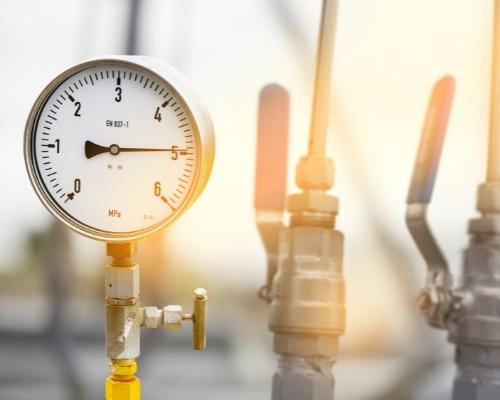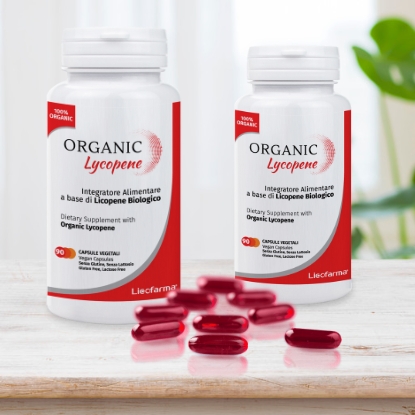Extraction of Lycopene with Supercritical CO2
Extraction of Lycopene with Supercritical CO2
Thanks to relentless research and development, our researchers, in collaboration with the University of Salento, CNR Ispa (Institute of Food Production Sciences) in Bari and Lecce, and with the support of the Italian Ministry of Research, have developed and patented (International Patent WO2008-015490A1) an innovative process for the extraction of Lycopene from organic tomatoes, which uses carbon dioxide (CO2) under supercritical conditions, instead of traditional chemical solvents that are highly toxic and harmful to humans and the environment.
What is Supercritical CO2
A fluid is in a supercritical state when it exhibits chemical and physical characteristics somewhere between a liquid and a gas. Specifically, it takes on the solvent properties typical of liquids and the transport properties belonging to gases. The transition to the supercritical state occurs by increasing the temperature and pressure levels of the substance until critical levels are reached. In fact, if the pressure is high enough, some substances that are in the gaseous state at room temperature can liquefy.
Carbon dioxide (CO2) at temperatures above 31°C (defined as critical temperature) and pressures above 73 bar (defined as critical pressure) takes on characteristics intermediate between liquid and gas, making it particularly suitable for use as a solvent.
Unlike traditional methods, supercritical CO2 extraction is selective in that it allows only pure bioactive compounds to be extracted, excluding the co-extraction of impure substances that would require further purification of the extract. With this technology, therefore, bioactive principles with a high level of purity are obtained that can guarantee high quality standards and are therefore suitable for use in the pharmaceutical, nutraceutical and food sectors.
Extraction of Organic Lycopene with Supercritical CO2
To obtain Organic Lycopene we start with fresh tomatoes from which seeds, fibrous components and water are removed and then homogenized and processed into concentrate. Next, subjecting the resulting concentrate to a dehydration process produces tomato powder, which is the extraction matrix.
The powder is, then, transferred to the pilot plant to undergo extraction with supercritical CO2. The ability to control the density of CO2 by adjusting the pressure and temperature present inside the plant allows selective extraction of only the bioactive complex.
As soon as the extraction stage is completed, the CO2 is returned to the gaseous state by lowering the pressure inside the plant. In this way, the carbon dioxide loses its solvent capacity, releasing the pure, highly concentrated, organic-grade lycopene.
Extraction with Supercritical CO2: Green and Sustainable Technology
Compared with traditional processes using chemical solvents, the supercritical CO2 extraction process has several significant advantages:
- Higher quality natural products are obtained, with the same "naturalness" characteristics found in fresh vegetable, without pollution from chemical solvents.
- The production cycle is shorter and simpler.
- The production plant is environmentally friendly, does not pollute and has minimal environmental impact. The processing residues are not polluted by chemical solvents, so there are no problems with their disposal. Carbon dioxide has no smell, no taste, is non-toxic (you can breathe it) and is non-flammable.
- It provides better overall conditions of hygiene and work safety: workers involved in the process are not exposed to toxic-harmful solvents.
- The carbon dioxide, when the pressure is lowered and it becomes gaseous again, is recycled for use in the next process.
Application of Supercritical CO2 Extraction Technology
This technology allows the extraction of numerous active ingredients from solid or liquid matrixes and the separation of plant extracts into different components. At Licofarma, over the years, we have developed and patented several processes using supercritical CO2 extraction technology, in particular:
- Extraction of Lycopene from organic tomato berries (organic lycopene).
- Extraction of Anthocyanins from black grapes and other vegetables.
- Extraction and concentration of Vitamin E from almonds and other vegetables.
- Extraction and fractionation of antioxidant and aromatic fraction from various medicinal plants, including rosemary and sage





